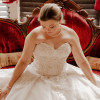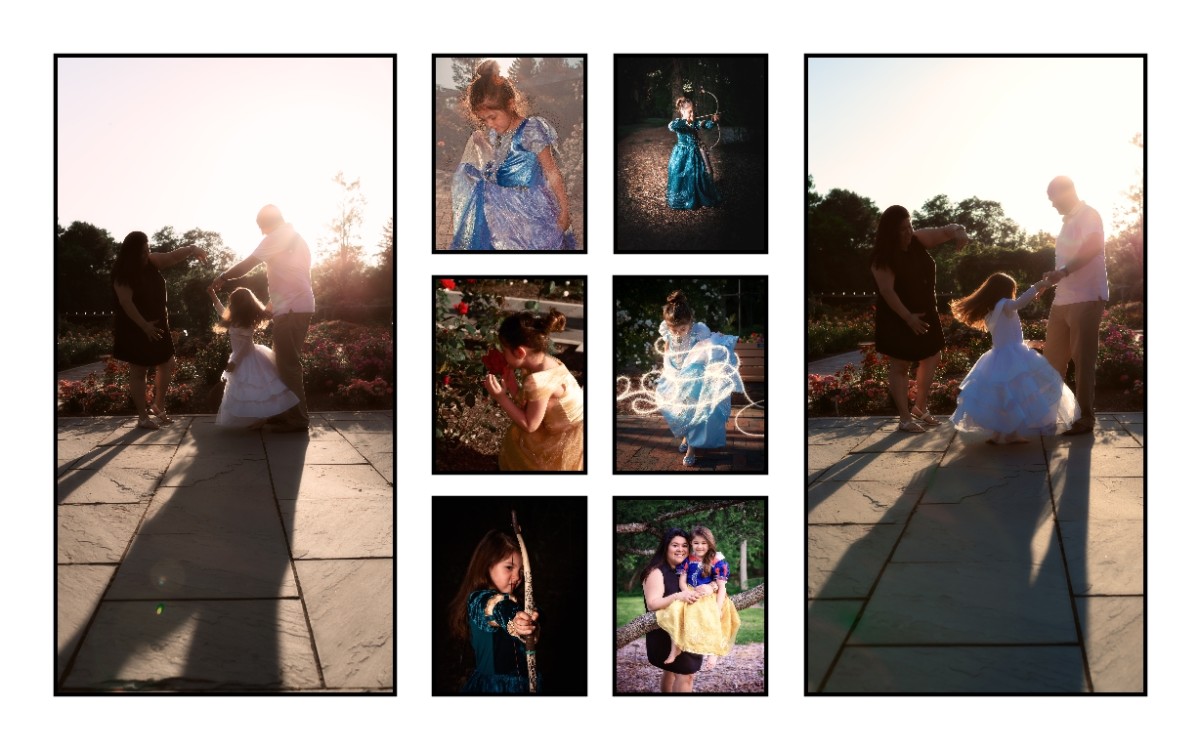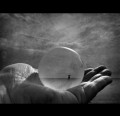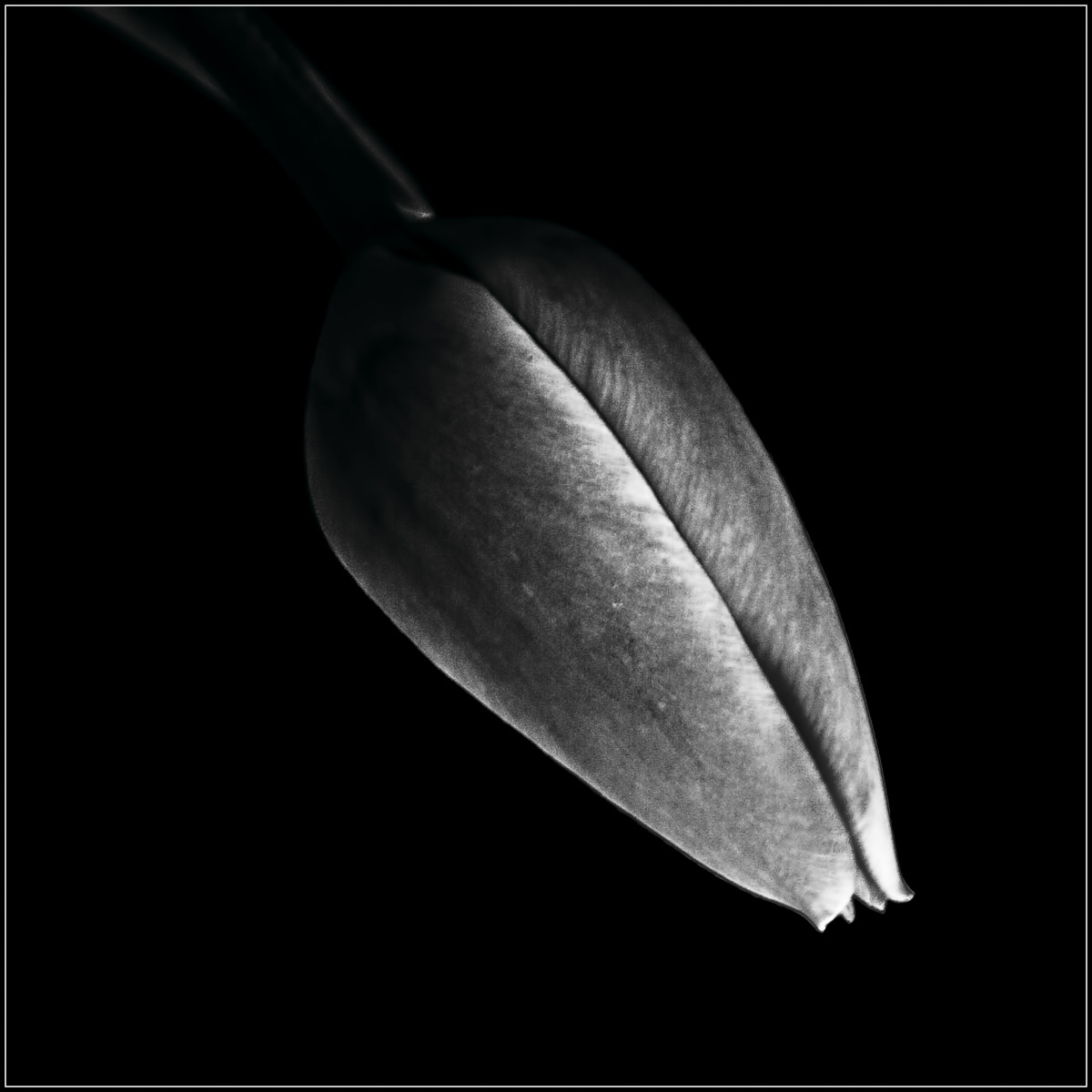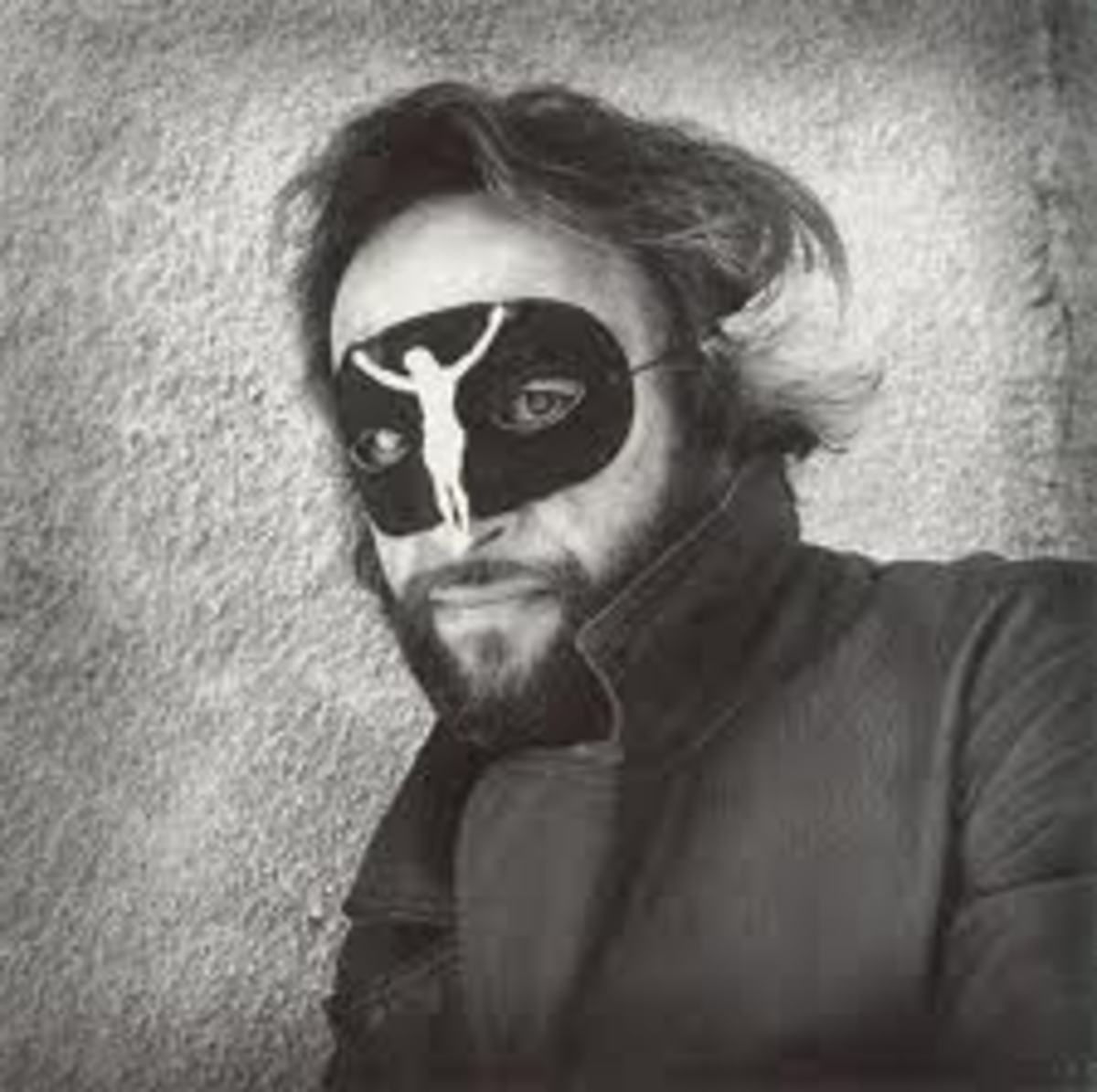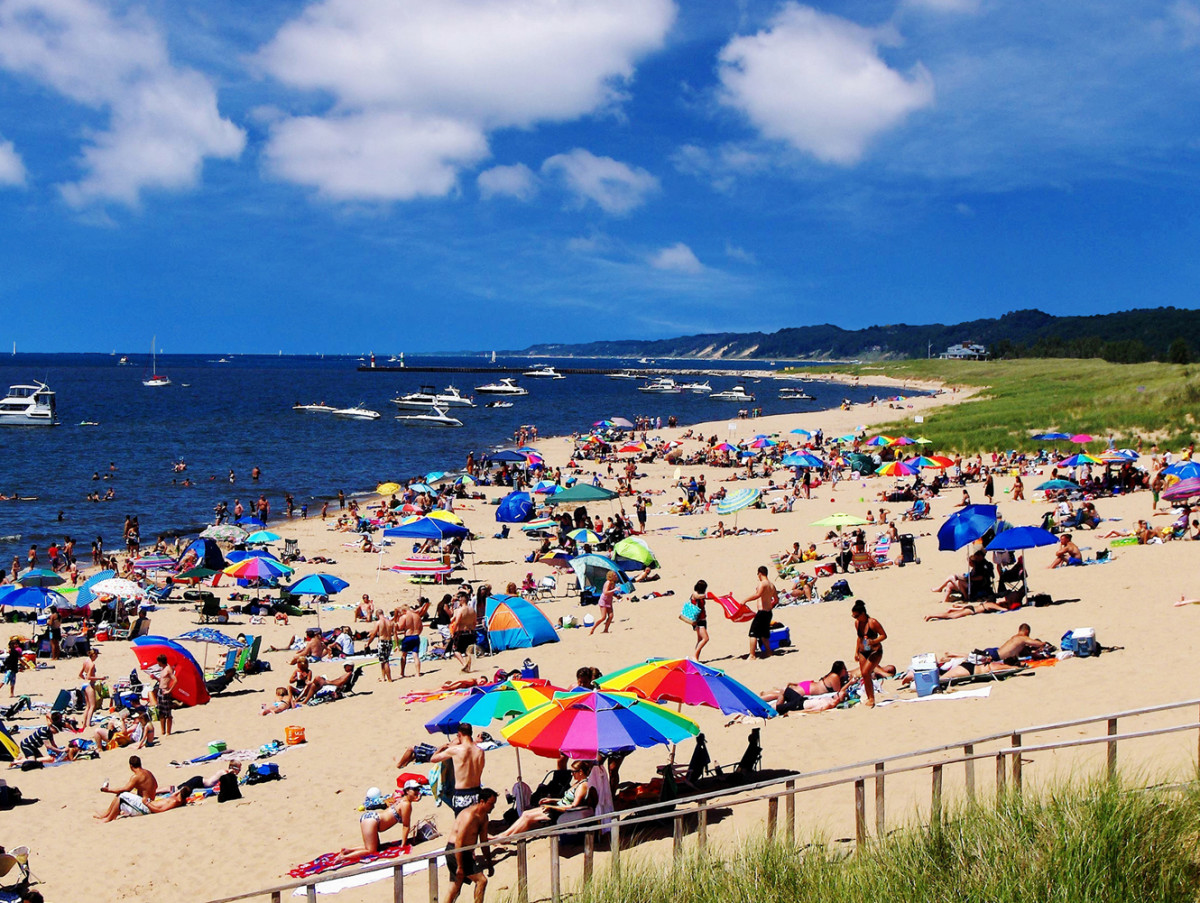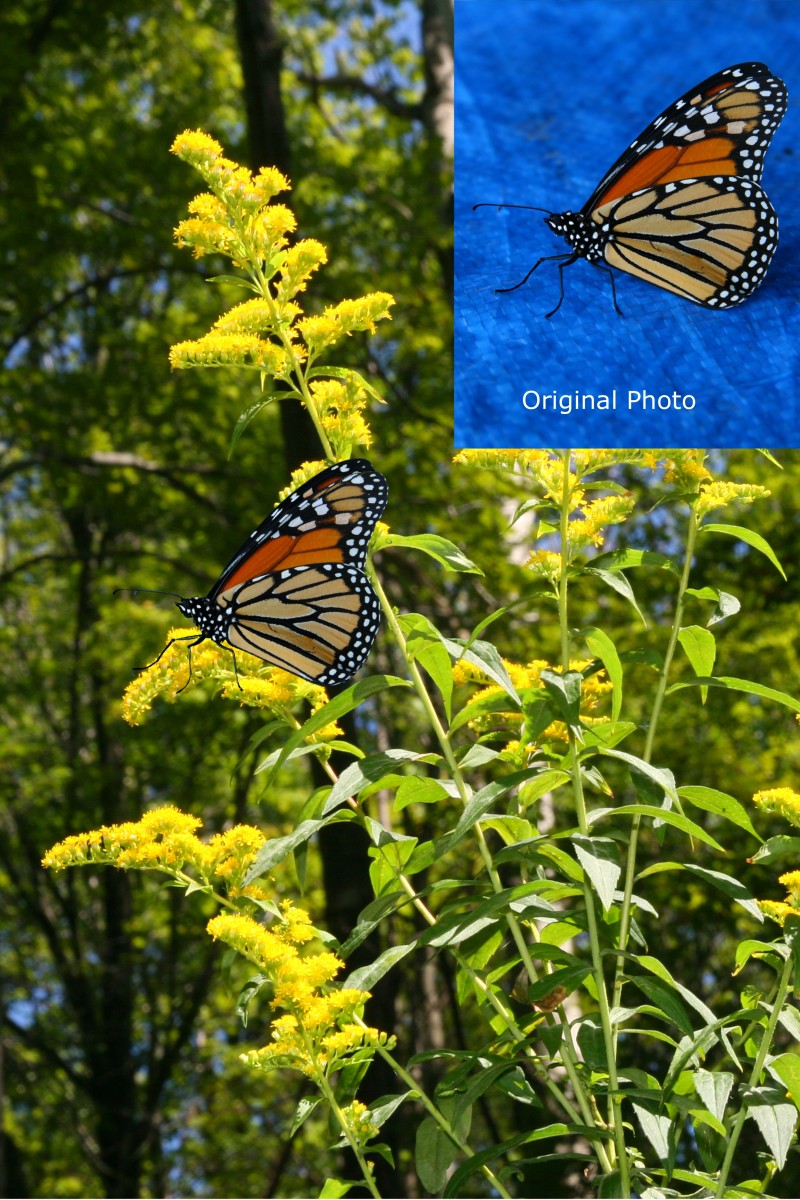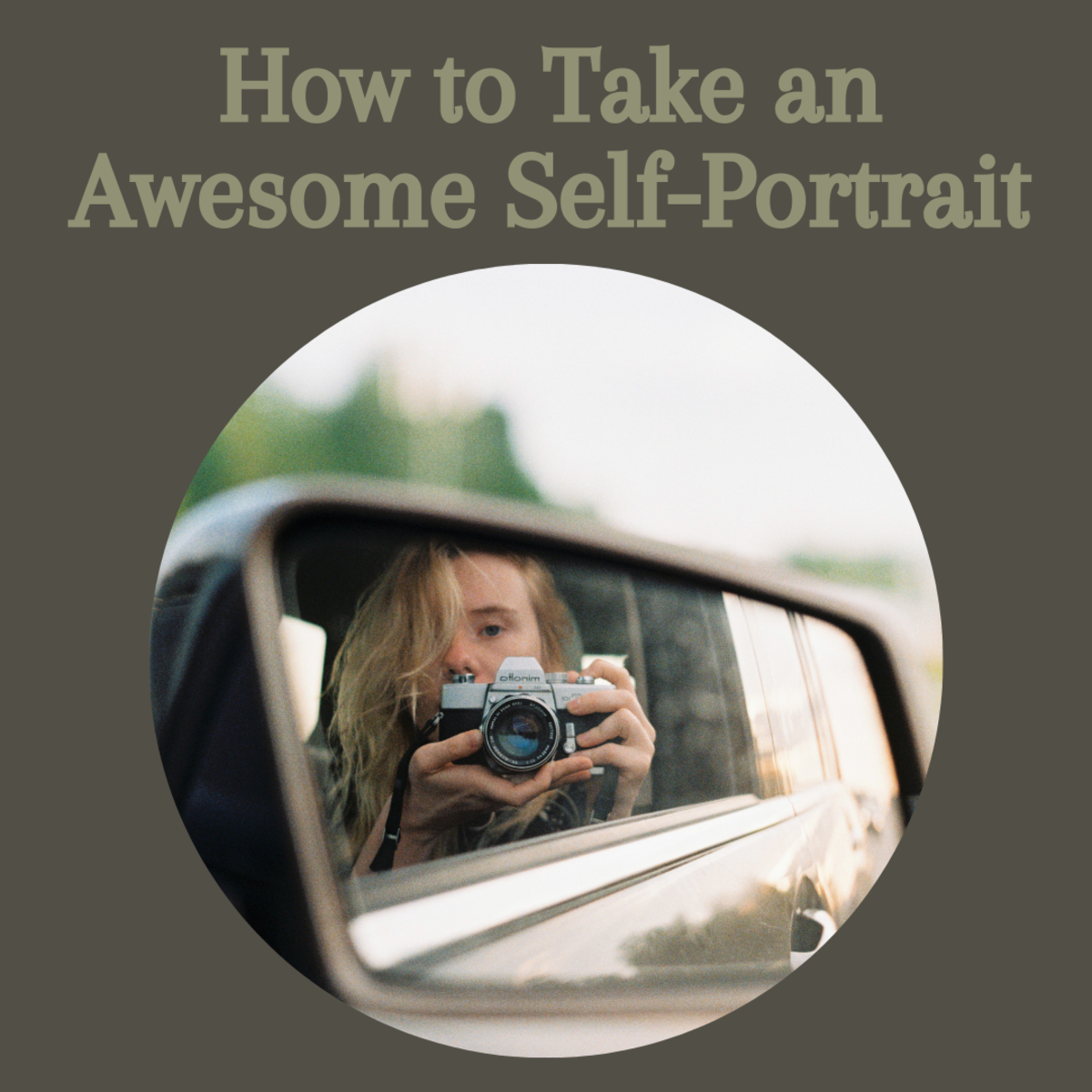History of Photography and 3 Important People
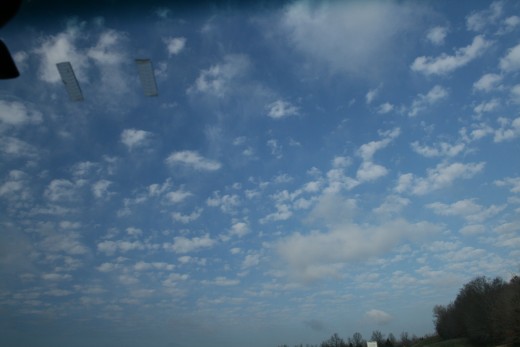
History of Photography
Photography started out commercially in France and Britain. France and Britain competed to produce cameras and the film necessary trying to beat the other in this economic race. Up until the late 1930’s artists paintings were the only way an object or landscape etc. could be documented on paper. Three big artists are Carleton Watkins, Timothy O’Sullivan, and Julia Margaret Cameron. Photography was bashed and promoted. Photography let people see things they couldn’t normally see from their own town. Also photography offered a form of documentation, it would sometimes take hours for an artist to paint something and then it was never completely accurate. Photography let the artist capture what was happening at that very moment. Artist also took photographs to use as a reference later, like photos of their models.
Carleton Watkins started off by manufacturing outdoor photographs for land-dispute cases and mining companies in California. He would continue and make some of the most boring and seemingly unbeautiful places seem interesting and have a sense of character. The need for photographic proof for court gave Watkins the necessary means to make not only his photography but photography in general popular.
Juliet Margaret Cameron was a Pioneer Victorian photographer during the 19th century. She took up photography later in life when her daughter presented her with a camera. This gift inspired Cameron and led her to become one of the most colorful personalities in photography. She considered herself an artist who made photographs rather than a photographer and was more concerned with capturing the meaning or feeling of the ideal photograph than proper camera technique. Her photographs are known for the extreme intimacy and psychological intensity of the effect achieved by the use of close up perspective, suppression of detail (sometimes accompanied by peripheral blurring) large scale, and dramatic lighting. In her photographs, Cameron tried to achieve an effect called “plasticity” which created an expression of feeling rather than fact.
Timothy O’Sullivan was also known as a photographer that dented history. He was an American who mastered landscape photography. He had previously worked for Mathew Brady and shot outstanding photographs of the civil war. O'Sullivan became the official photographer for the United States Geological Expedition. His photographs of the war were very important to American history and helped spread and people accept this new type of art.
Art has progressed from stick figure drawings made by ancient people to digital cameras on cell phones. We even have cameras hidden in places so small you can’t even tell they are there. These three people helped the world explore, experience and see things they couldn’t and wouldn’t normally see.
